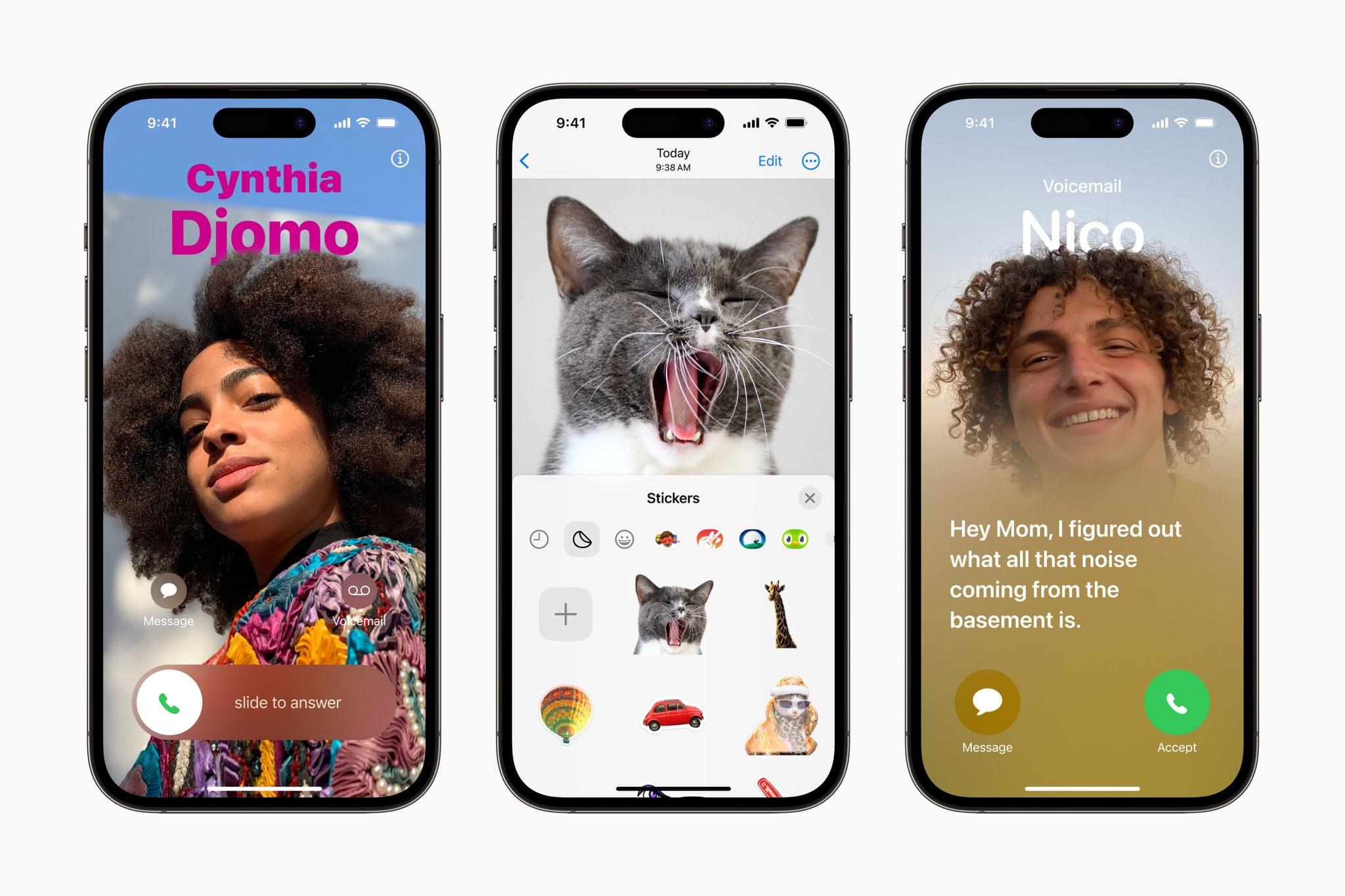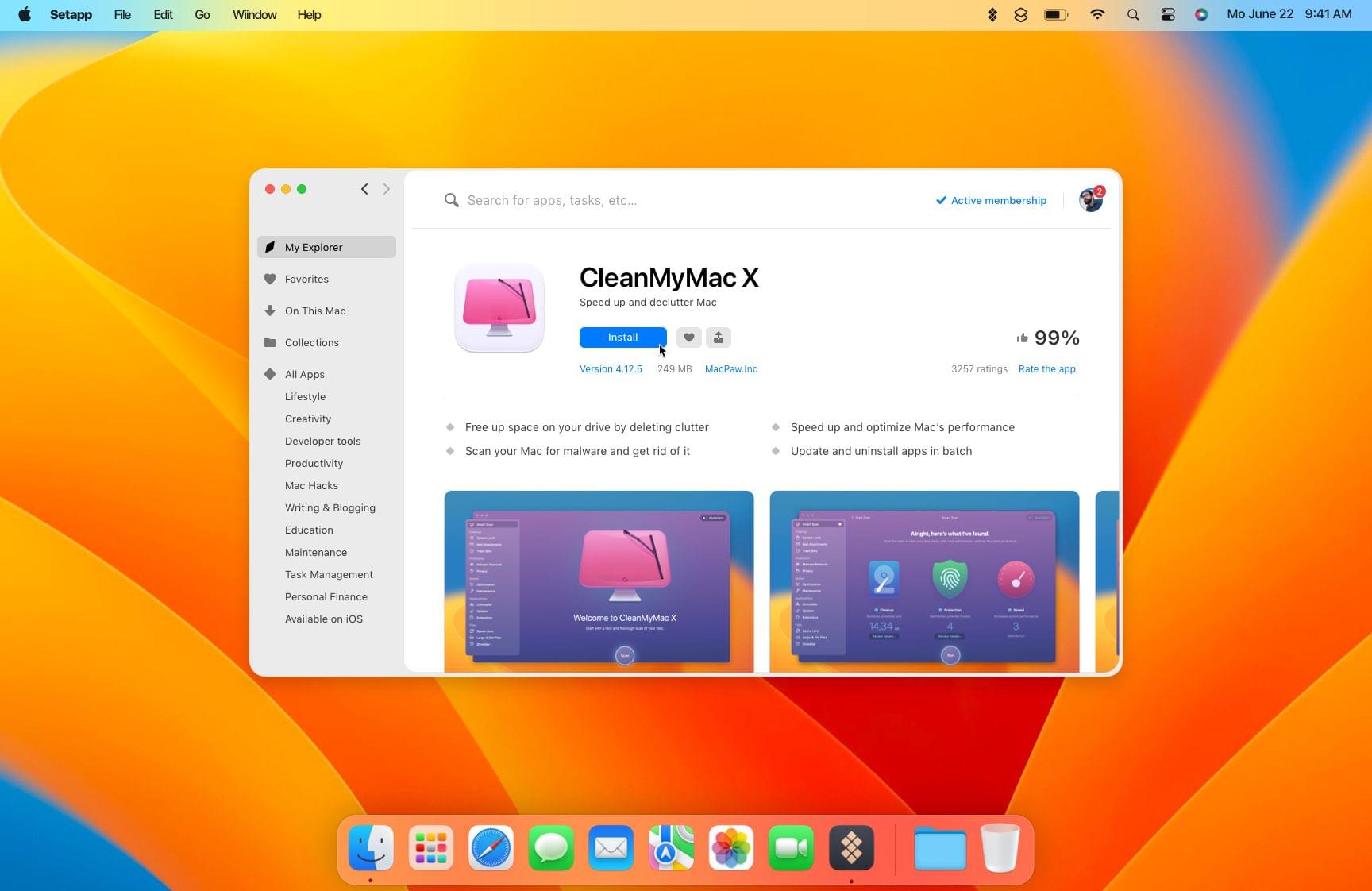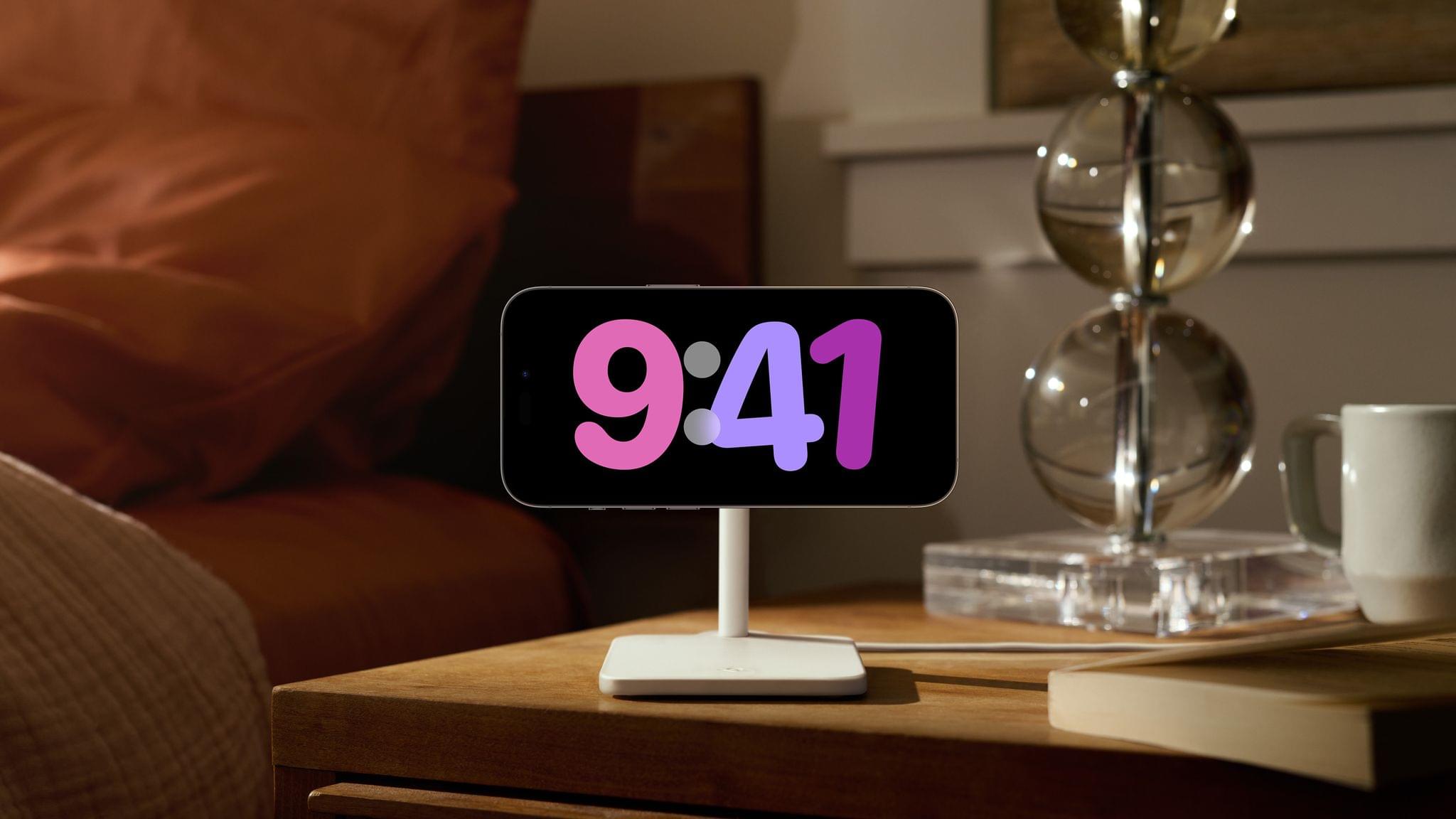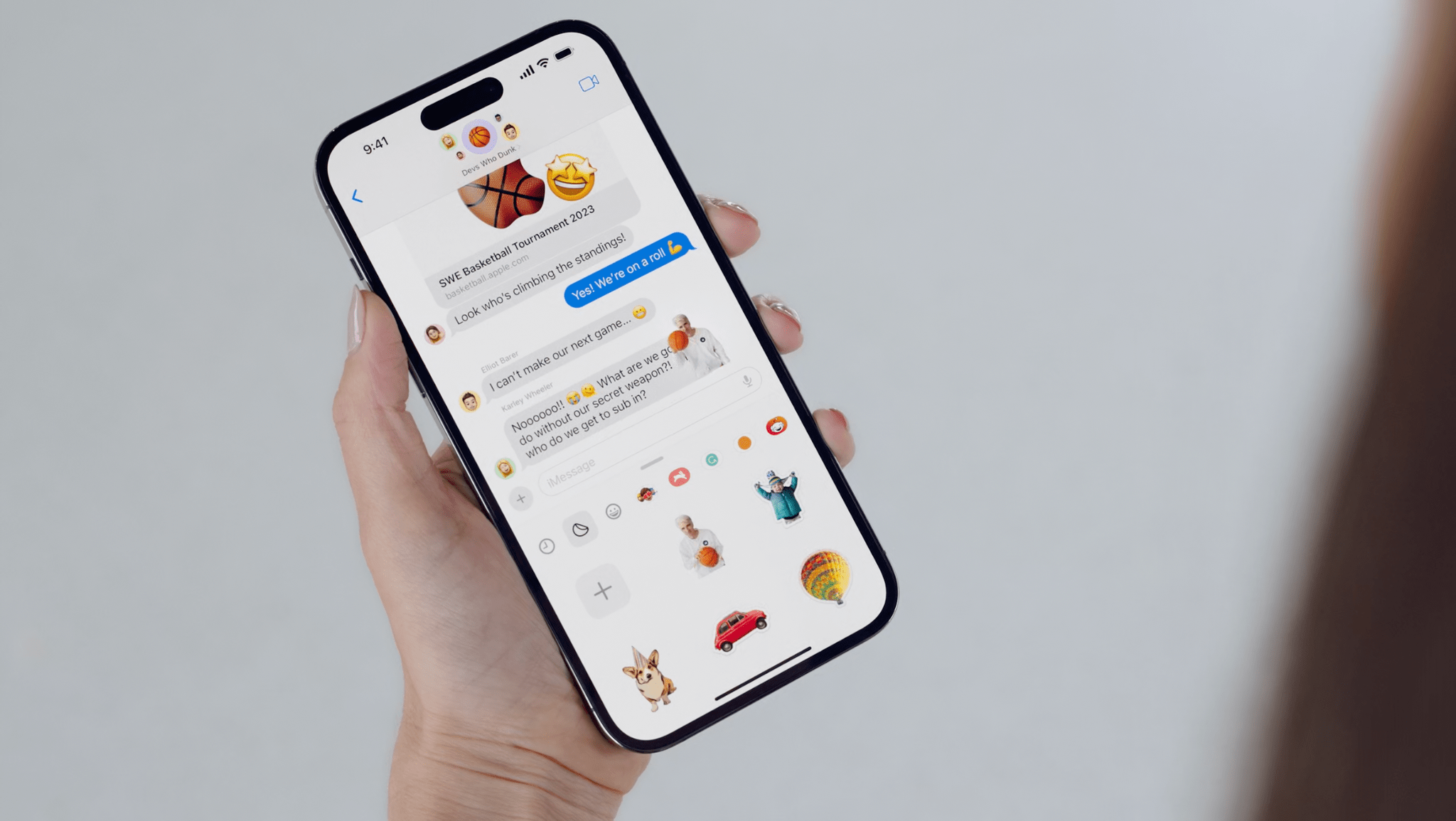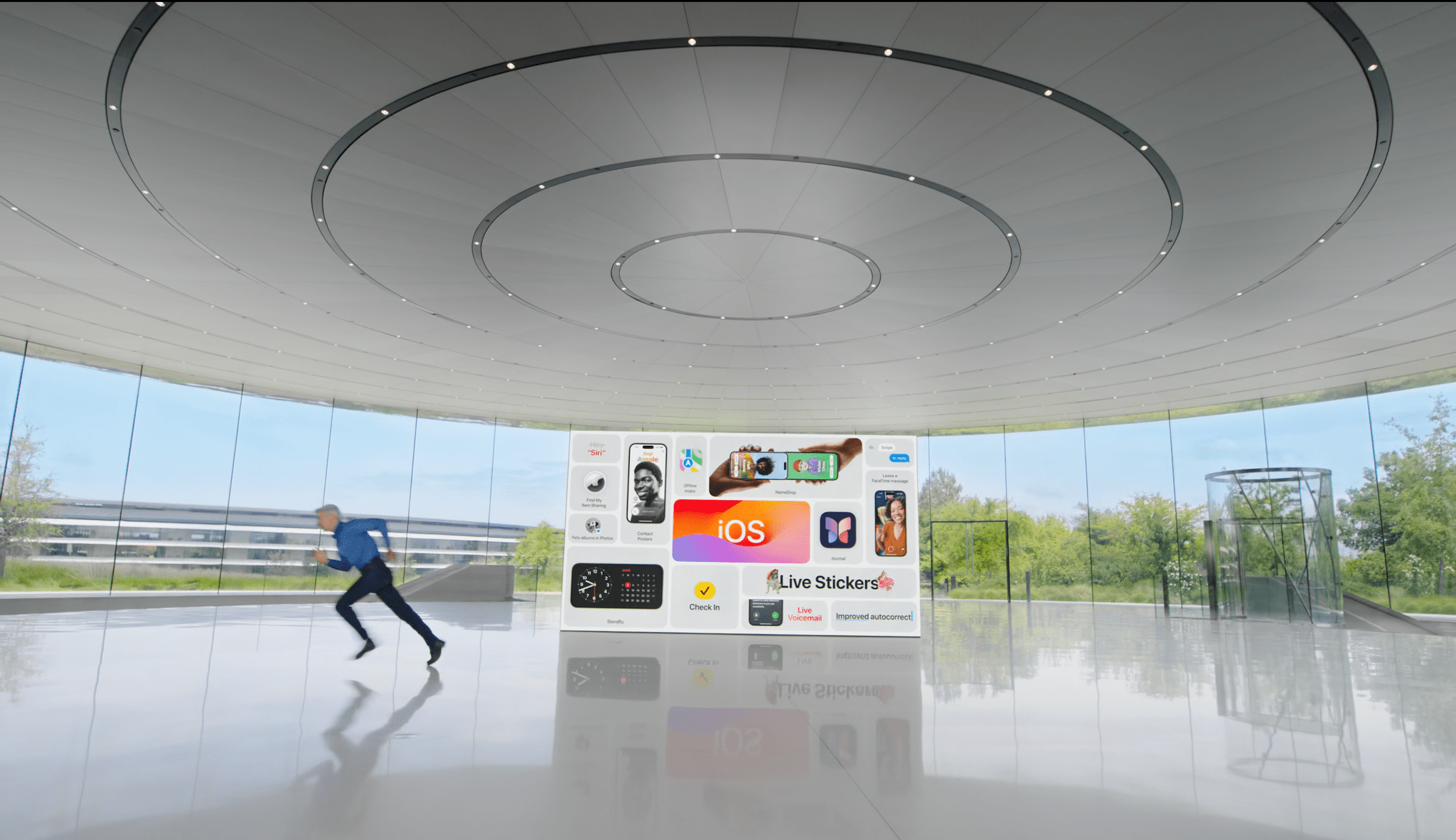I’m in Cupertino for WWDC this week, and after yesterday’s whirlwind of announcements and surprises, I had some time to sit down with my 12.9” iPad Pro, install iPadOS 17 beta 1 on it, and try the improved version of Stage Manager. As you know, I have a…complicated history with the iPad’s latest multitasking system. Before coming here, I was worried Stage Manager would be left untouched without any updates for at least another year.
I’ll cut to the chase: Apple listened to feedback about Stage Manager and – at least so far – implemented the key improvements I wanted to see. I’ve been using Stage Manager on my iPad Pro since yesterday afternoon, and I even tested it on a portable external display that I brought with me for this trip. If this early, limited experience is of any indication, I think I’m going to be happy with Apple’s revised version of Stage Manager for iPad by the end of the summer. But then again, caution is necessary given how last year’s beta evolved over time.


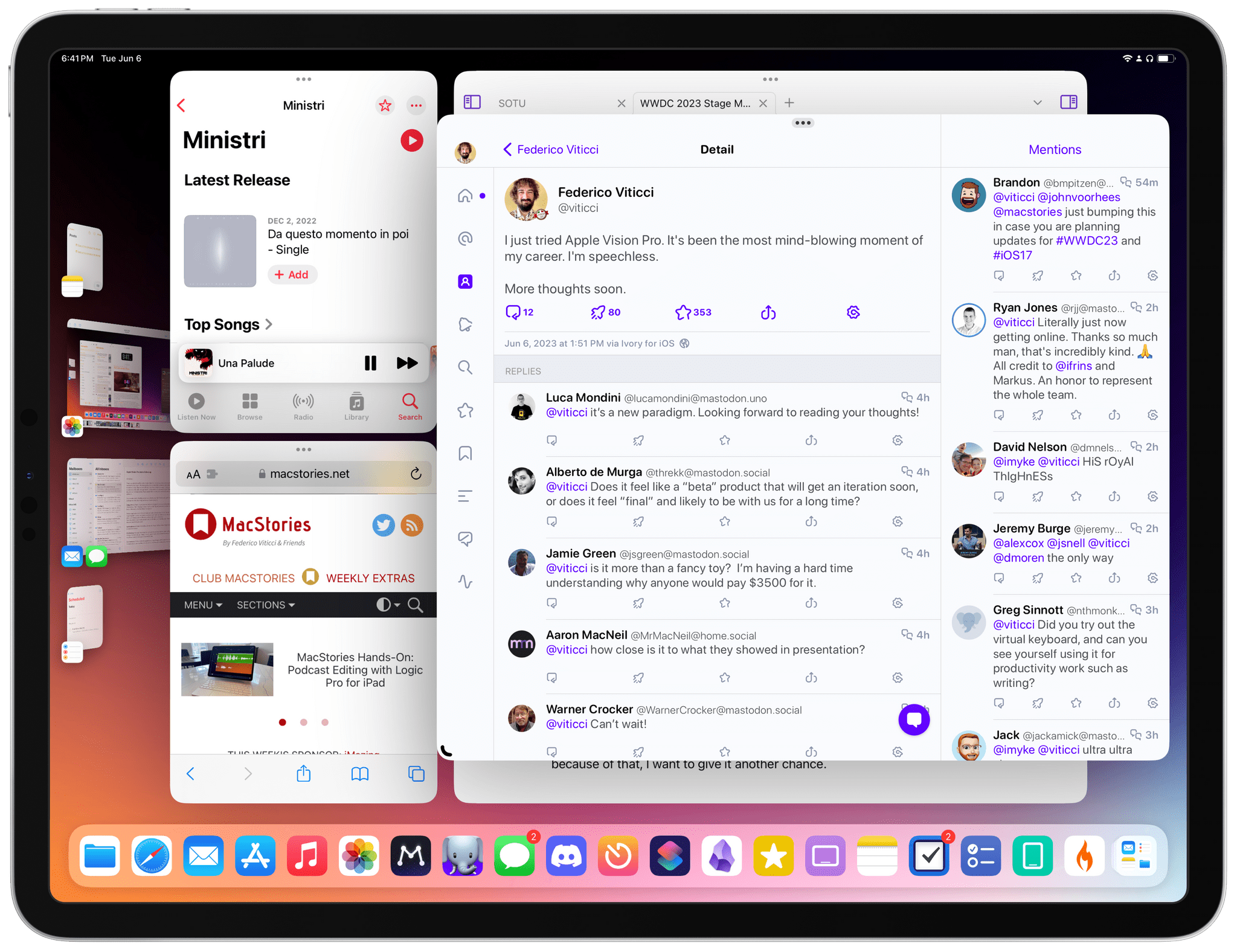






](https://cdn.macstories.net/banneras-1629219199428.png)
